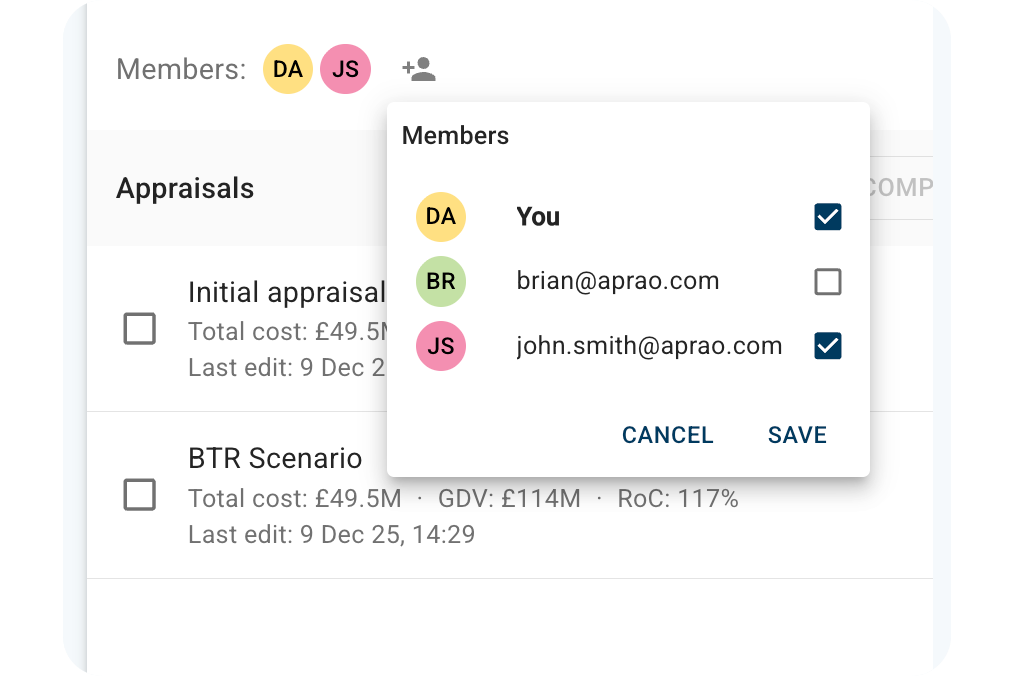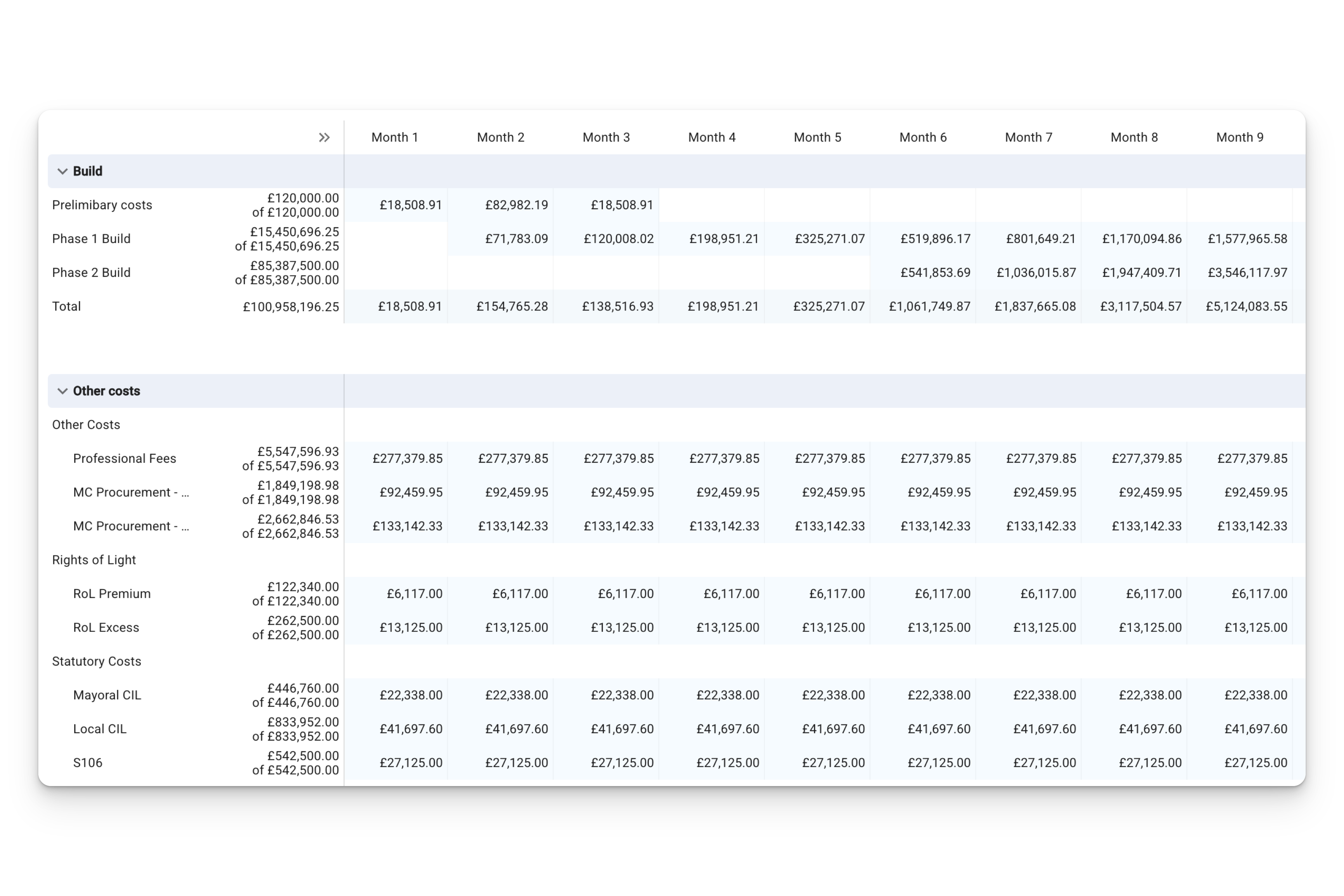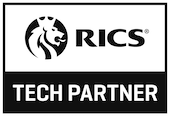Real estate developers target different profit metrics. There's no right or wrong target, it all depends on the developer's business plan, investor expectations, and the nature of the development opportunity - and the risk one developer is willing to take may be very different from another.
Many factors can alter risk appetite for a real estate developer. Planning consent, site constraints, strength of the market, development finance and construction timeframes... just to name a few! For example: if a site benefits from planning consent (and therefore lower risk) a developer will be willing to accept a lower target rate of return. Alternatively, if a developer had agreed to sell a scheme prior to completion to an investor because the scheme had pre-sold or pre-let, then the developer would in theory take a lower profit as this contract will lower the risk of the project.
Development appraisals can also be varied to target different returns, typically altering the return on cost or return on gross development value. Today we're covering some of the key development profit metrics and the corresponding terminology.
The Three Main Profit Metrics
The Royal Institute of Chartered Surveyors recently found that most property developers tend to use a fixed profit to assess the financial viability of a project, profit on cost being most commonly used particularly in the residential development sector. (Ref: Hutchison et al. (2017))
Industry standards will vary depending on the markets you are operating in and what your risk appetite is. As a general rule of thumb, a higher percentage will represent a higher profit and higher risk, whereas a lower percentage will represent a lower profit and should therefore represent a lower risk to the developer.
Return on Cost:
Profitability expressed as a percentage of total development costs. In the UK market, this is arguably the most commonly stated profit metric amongst development participants.
Return on Gross Development Value:
This is the gross profit divided by project GDV. The GDV is the total revenue in the appraisal, not deducting any of the disposal costs such as sales, leasing or legal costs.
Return on Equity:
This refers to the amount of money a developer is getting at the end of the project compared to what they put in. For example: if a developer puts £100,000 into a project and received £200,000 on the exit, the ROE will be 100% or an equity multiple of 2x.
"Not all profit is created equally. If you are only looking at the profit figure on a development, it does not tell you the complete story."
Daniel Norman
CEO, Aprao
Internal Rate of Return (Project & Equity)
Cash flow margin is very important in real estate development. It shows the movement of cash throughout a project lifecycle tracking the expenditure and capital receipts. The IRR can also be adjusted to reflect the introduction of debt finance, and can otherwise be known as a geared or ungeared IRR.
The internal rate of return is arguably one of the most important metrics for both residential and commercial development. Development projects can take long periods of time, and the problem with profit expressed as a cash margin is that it does not reflect time frames.
Daniel Norman, our CEO, worked in development finance for 10 years. He says, "Not all profit is created equally. If you are only looking at the profit figure on a development, it does not tell you the complete story. For example, let's say there are two developments both generating £1m of profit but project A takes 1 year to complete but project B takes 2 years to complete. Which one do you think has the better IRR?"
Many developers we've spoken to didn't run development cash flow forecasts before using Aprao. As we have already discovered, the vast majority of Excel users in real estate development have little training or technical knowledge on how to use spreadsheets. Cash flow modelling is an advanced skill set and is prone to mistakes.
According to a recent RICS paper (sourced below) cash flow modelling (IRR methodology) was the least used metric amongst surveyed market participants; which has resulted in a great deal of inconsistent valuations. On top of this, appraisals vary significantly in their level of sophistication with some developers choosing very detailed appraisals with cash flows, while other developers choose a simple residual land valuation.
How Can Aprao Help?
One of the fundamental reasons Aprao was built was to remedy inconsistencies within real estate development appraisals. Mistakes are common in appraisal spreadsheets, and we've found them across the board, from developers, surveyors and lenders.
Calculating accurate development metrics in Aprao is easy. A residual appraisal is 80% quicker than using a spreadsheet model and the cash flow tool can calculate an accurate project and equity IRR in under 2 minutes!
Get started for free, no credit card required. As a RICS Tech Affiliate, you can be confident that your results will be accurate and consistent.
Sources:
https://propertylikeapro.com/property-development-profit/
https://www.rics.org/globalassets/valuation-of-development-property---first-edition.pdf






Leave a comment